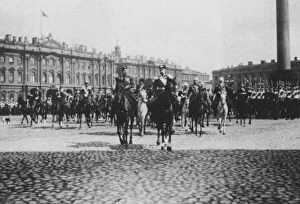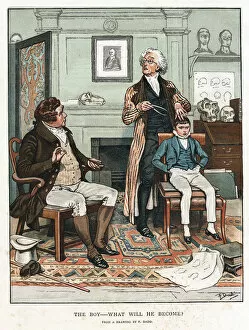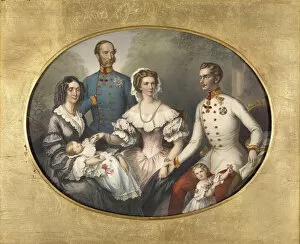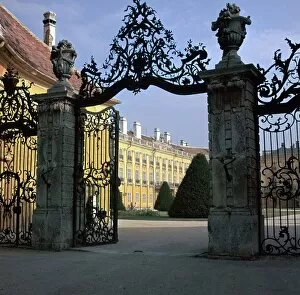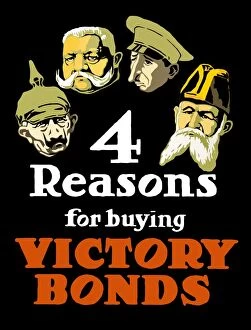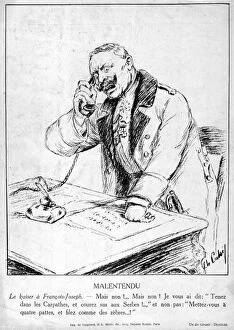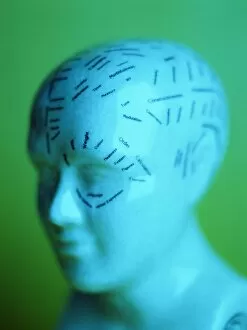Franz Joseph Collection (#3)
"Franz Joseph: The Illustrious Emperor of Austria and His Timeless Legacy" Step into the enchanting Bergkirche in Eisenstadt, Austria, circa 1935
For sale as Licensed Images
Choose your image, Select your licence and Download the media
"Franz Joseph: The Illustrious Emperor of Austria and His Timeless Legacy" Step into the enchanting Bergkirche in Eisenstadt, Austria, circa 1935. This captivating church stands as a testament to the reign of Emperor Franz Joseph I, whose influence spanned generations. In 1864, a remarkable portrait captures Emperor Franz Joseph I alongside his brothers. Anonymous yet powerful, this image reveals the bond shared by these royal siblings. Travel back to ca. 1860 and witness Emperor Franz Joseph I with Empress Elisabeth and their children. An anonymous photographer freezes this moment in time, showcasing the love and unity within their imperial family. Anton Einsle's exquisite portrait from 1849 immortalizes Emperor Franz Joseph I during a pivotal period in Austrian history. With piercing eyes and regal demeanor, he personifies strength and determination. Heinrich Schutz's breathtaking view of Kew Gardens transports us to an era when beauty knew no bounds. This painting reminds us that even amidst his duties as emperor, Franz Joseph appreciated artistry and nature's wonders. Delve into the late 18th century with an unknown artist's depiction of Haydn – a musical genius who flourished under Emperor Franz Joseph I's patronage. Their collaboration left an indelible mark on classical music history. An anonymous photograph from around 1855 showcases another side of Emperor Franz Joseph I – one filled with introspection and contemplation. Behind those stoic features lies a man burdened by immense responsibility. Witness the magnificence of Emperor Josef (Joseph) himself through an unidentified artist’s lens between 1860-1865. This striking portrayal captivates viewers with its grandeur while offering glimpses into his complex persona. The allied monarchs stand united with their commanders during World War I – a testament to how far-reaching Franz Joseph’s legacy extended beyond Austria’s borders. His leadership and diplomacy left an indelible mark on history.







